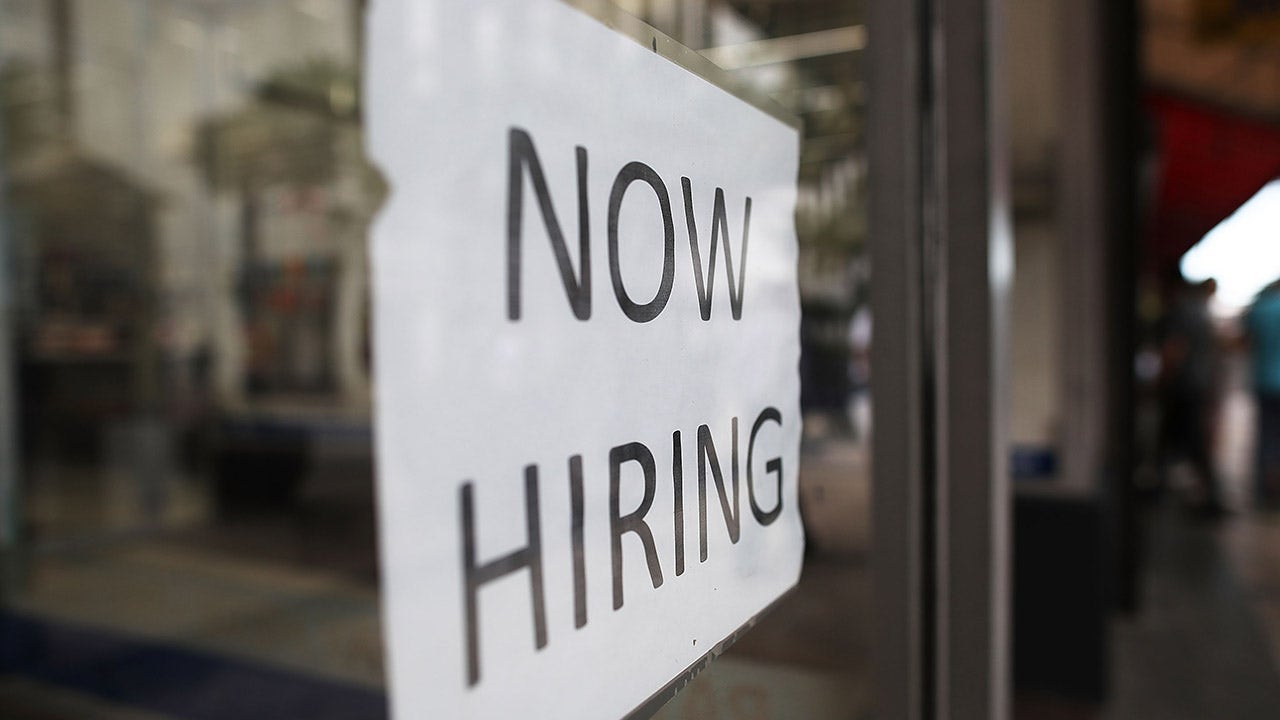Fashion
Beware Fashion’s Sustainability Retreat

The split screen is unsettling.
On the one hand, the dangerous effects of climate change are more visible than ever, with months of record-breaking temperatures fuelling deadly and costly weather extremes. On the other, big fashion players seem to be pulling back from sustainability commitments.
Nike has laid off a considerable swatch of sustainability professionals, including the long-time leaders of the function; Asos and Crocs have reset climate targets; and just prior to being named as Time Magazine’s third “most sustainable company in the world,” luxury brand Moncler dismissed its head of sustainability.
What’s going on?
The apparent retreat on climate action reflects complex, varied and sometimes contradictory shifts in the economic and political landscape — trends that extends well beyond the fashion industry.
Over the last few months, many companies including Shell, Unilever, FedEx, Air New Zealand and Nestle have dropped, missed or pushed back commitments to curb their environmental impact. Others, including Microsoft and Google, have reported significant growth in emissions as compared to the contractions needed to achieve their goals.
In part, this trend reflects a disappointing but necessary re-baselining, as over-exuberant targets — largely set for brand promotion — collide with business and environmental realities. As one former brand sustainability chief noted, “companies signed up for aggressive goals without doing their homework.”
That gulf between ambition and reality is becoming increasingly clear as deadlines set for 2025 and 2030 loom with many current results far from targets. Regulators have noticed, too, and are increasingly stepping in to clamp down on greenwashing. Given that the consequences of moderating a sustainability target are far less onerous than a lawsuit, it’s not surprising that many companies are pulling back.
Retailers are also responding to economic pressure. The post-pandemic pullback in consumer spending is affecting brands from luxury to mass market, prompting companies to cut costs, restructure and deprioritise some sustainability initiatives.
Even in good times, investment in sustainability is hard to justify because the benefits are often intangible and hard to value. Financial returns — if they exist at all — typically manifest over the long term. A cooldown in enthusiasm for ESG investing (an oversold notion that companies with strong environmental, social and governance track records deliver better equity returns) is not helping either.
Then there’s the politics. In the US, a red-state backlash against “woke capitalism” has ratcheted up pressure on companies’ diversity and environmental commitments, deepening a trend towards “greenhushing” prompted by growing scrutiny on sustainability claims. In June, Tractor Supply Co., a $14 billion agriculture, livestock and pet care retailer announced that it was shutting down its DEI efforts and withdrawing its carbon-emissions goals under pressure from conservative activists.
Fashion companies, which mostly have a very different customer base, are unlikely to follow this lead. But they’re still affected by the shift in operating climate that has turned policies, that until recently were viewed by many companies as a necessity, into ones some now see as a peripheral.
A Dangerous Trend
As companies retreat from their sustainability commitments, the need to deliver on them has become more urgent. Extreme weather caused by climate change is becoming more frequent and more severe, stoking economic and political instability.
Drought and unrest are altering shipping routes; fibre crops have been compromised; temperature spikes threaten worker health and productivity, while also disrupting machinery and factory operations. If nothing is done, extreme heat and flooding are projected to slash export earnings from just a handful of key manufacturing hubs by tens of billions of dollars by 2030.
These risks are well known to every operating executive in fashion. So why is so little done about it? As noted, the answer is partly driven by economics. Sustainability investments are often hard to justify and are deprioritised in order to preserve funding for “more important” cost cutting or growth investments.
But inaction is also rooted in competition. Most of the industry’s impact takes place in mills and factories where brands have outsourced production and share capacity with competitors. That creates a free rider problem. Why, after all, should one brand work to decarbonise a supplier’s operations if their investment will also benefit their competitors who did not contribute?
What to Do?
This Gordian knot will not be untangled by voluntary corporate action. The contradictions are too great, and the requirements for companies to act against their own short-term financial self-interest too severe. Change will only come when it is mandated.
For companies’ commitments to be taken seriously, those very same companies need to wake to their real power — the leverage they hold to advocate affirmatively to advance new rules that enforce collective action and result in authentic sustainability. After all, policy can transform the free rider problem and lift the collective floor for the industry.
Too far-fetched, you say. Just as companies are unlikely to voluntarily switch the way the operate, why would they advocate for policies that will make their operations more costly and more cumbersome?
Here is why: regulation is already happening; and as the volatility and instability caused by climate change becomes more severe, government action and consumer concern is also likely to increase. Enlightened companies will smartly identify these emerging trends and engage with legislators to ensure policies under consideration are robust, uniform, workable and support action to reduce environmental impacts and mitigate risks.
At the same time, it is in most company’s interest to stop the current race to the bottom. The advent and ascent of “instant fashion” businesses like Shein and Temu that have historically underinvested in sustainability and avoided import taxes by shipping small parcels direct to consumers put more conventional brands at a disadvantage. Policy would address this imbalance.
Here is what this means: companies need to abandon trade associations and fashion lobbying consortia that fight proposed legislation aimed at combating environmental degradation (as many of the industry’s power players currently do). And they need to actively advocate for legislation to address the sector’s negative impacts. More to the point, fashion should organise an effective lobby that provides a voice for both brands and suppliers (where most of the industry’s environmental impact manifests) to recommend a series of progressive, uniform and mandatory regulations.
Most of what needs to happen is both known and possible. For starters, factory workers should be paid a living wage; Brands must contribute capital to support supplier decarbonisation; A tax should be imposed on fossil fuel-based materials; And the de minimus tax loophole should be voided.
While it is true that these changes will increase costs in the short term, changes would apply to all industry participants and would amount to only a small percentage of the costs of each garment. These changes would also benefit innovators that are committed to inventing new, less damaging solutions. Finally, adding a dollar or two to $8 dresses and $11 jeans will not have a demonstrable impact on demand.
Wouldn’t proffering solutions be better than attending more self-congratulatory conferences, setting unattainable targets, paying for lobbyists to maintain a broken status quo and reporting on accelerating negative impacts?
Kenneth P. Pucker is a professor of practice at the Tufts Fletcher School. He worked at Timberland for 15 years and served as chief operating officer from 2000 to 2007.









